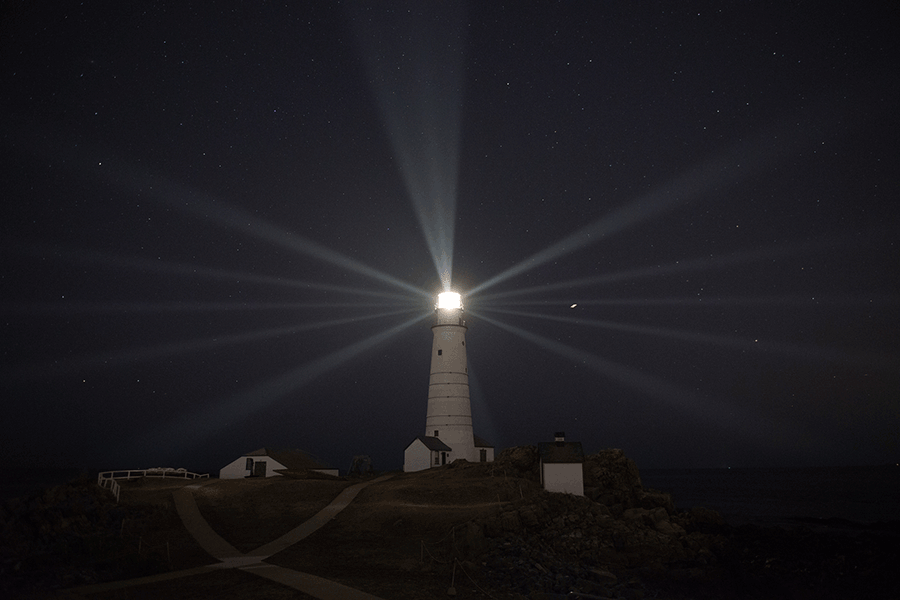Einstein's speed of light theory tested: Did he get it wrong?
Loading...
Many physicists spend their days trying to prove Albert Einstein's theories correct. One pair of theoretical physicists is hoping to test whether the father of modern physics just may have been wrong about the speed of light.
In his theory of special relativity, Einstein left a lot of wiggle room for the bending of space and time. But his calculations, and most subsequent breakthroughs in modern physics, rely on the notion that the speed of light has always been a constant 186,000 miles per second.
But what if it wasn’t always that way? In a paper published in the November issue of the journal Physical Review D, physicists from the Imperial College London and Canada’s Perimeter Institute argue that the speed of light could have been much faster in the immediate aftermath of the Big Bang. The theory, which could change the very foundation of modern physics, is expected to be tested empirically for the first time.
"The idea that the speed of light could be variable was radical when first proposed, but with a numerical prediction, it becomes something physicists can actually test," lead author João Magueijo, a theoretical physicist at Imperial College London, said in a statement. “If true, it would mean that the laws of nature were not always the same as they are today."
The theory of variable speed of light (VSL) was proposed by Dr. Magueijo two decades ago as an alternative to the more popular “inflation theory” – both offer possible solutions to the same fundamental problem.
Most cosmological theories state that the early universe was inconsistent in density – lumpy, if you will – as it expanded after the Big Bang. The modern universe, by comparison, is thought to be relatively homogeneous. For that to be possible, light particles would have to spread out to the edge of the universe and “even out” the energy lumps. But if the speed of light was always constant, it would never have been able to catch up with the expanding universe.
Inflation theory, which suggests that the universe expanded rapidly before slowing down, provides one potential answer to the dilemma. The early universe could have evened out just before expanding, physicists say, if special conditions were present at the time.
In 2003, Lori Valigra reported for The Christian Science Monitor:
But inflation, proposed by MIT physicist Alan Guth in the late 1970s, was never widely adopted by the British theoretical physics community. And Magueijo claims that as an answer to various “cosmological problems ... inflation had won by default.” This propelled him to think about another solution.
VSL offers a different inconstant: the speed of light. According to Magueijo and colleagues, the speed of light could have been much faster in the early moments of cosmological time. Fast enough, they say, to reach the distant reaches of the universe before slowing to the current rate.
Now, researchers hope to prove that theory by studying the cosmic microwave background (CMB). Physicists have long used this radiative "afterglow" to glean new insights about the early universe. And since cosmic structures leave imprints on the CMB as they fluctuate in density, scientists may someday be able to produce a "spectral index" of the universe.
If VSL theory is correct – if the speed of light really was faster after the Big Bang – the spectral index should come in at exactly 0.96478. That’s not too far off from current estimates, Magueijo says.
"The theory, which we first proposed in the late-1990s, has now reached a maturity point – it has produced a testable prediction," Magueijo said. “If observations in the near future do find this number to be accurate, it could lead to a modification of Einstein's theory of gravity."








